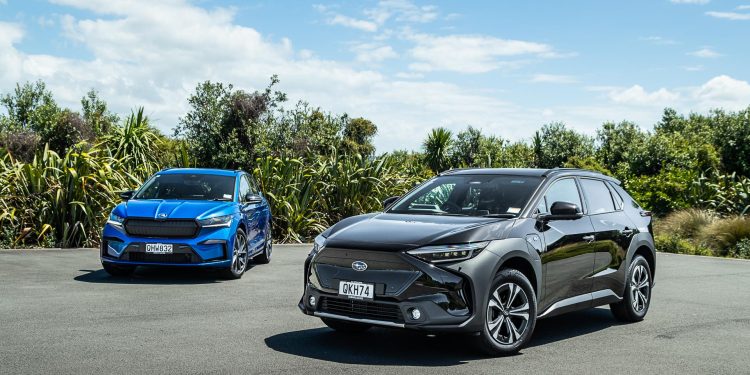2024 Skoda Enyaq Sportline 80 vs Subaru Solterra comparison review
Words: Kyle Cassidy | Photos: Isaac Western
Sales of EVs are on the go slow which makes it a good time to buy. Here we compare the new Subaru Solterra with the Skoda Enyaq. What’s our pick?
Skoda and Subaru might seem an odd match up but bear with us.
These two brands are somewhat niche players in our market, each with a modest share of sales, although Skoda numbers have ramped up in recent years thanks to its deal with the coppers.
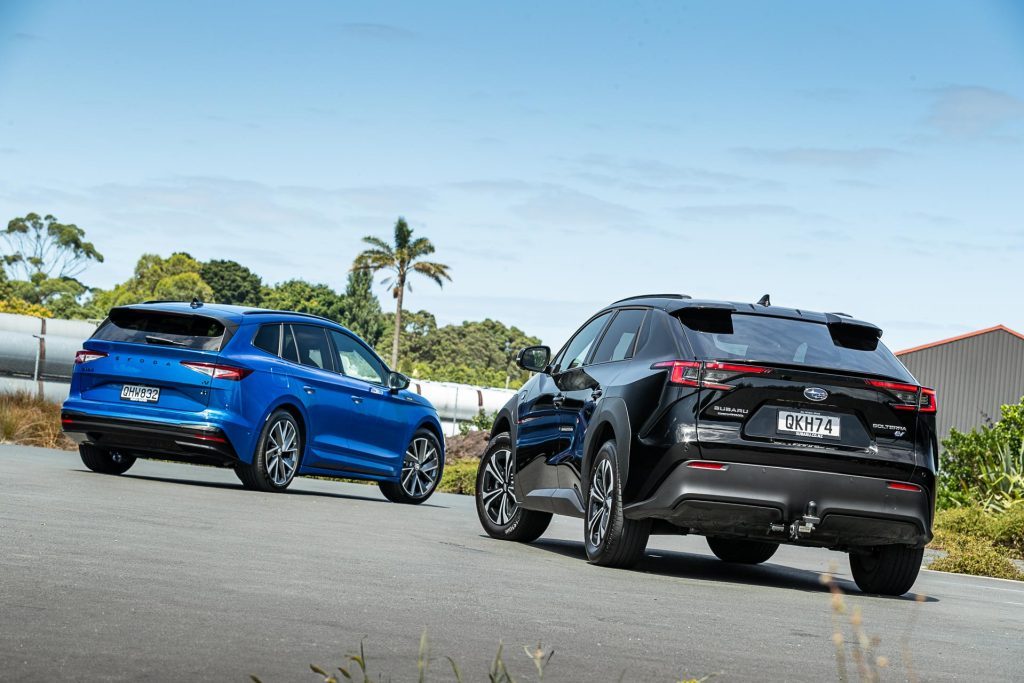
But they have a similar customer base at this price point, being a mix of private and small business owners looking for something a bit different.
And these two offerings, the Enyaq on the Skoda side and the Solterra from Subaru, are both electric, similarly sized and marketed as ‘SUVs’.
They cost the same too, or at least they did until a recent ‘price realignment’ from Skoda knocked thousands from its RRP. And that makes it an uphill battle for the Solterra.
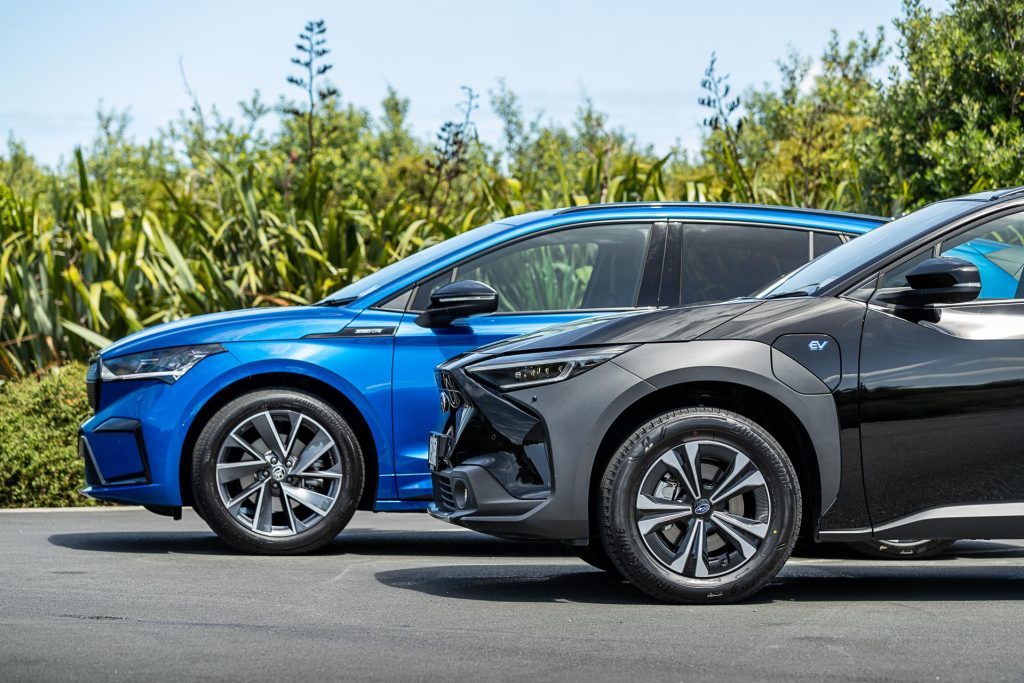
Is it worth the extra in what has become a competitive part of the EV market post rebates?
Large electrics
Another trait these two have in common is a shared platform. No, they don’t use the same underpinnings, but rather one developed by other parties.
Skoda, being part of the Volkswagen empire, uses the MEB platform shared with the likes of the Volkswagen ID.4 and Audi Q4 e-tron. Enyaq uses the same battery pack and motor wrapped in Skoda’s design ethos while also maximising interior space.
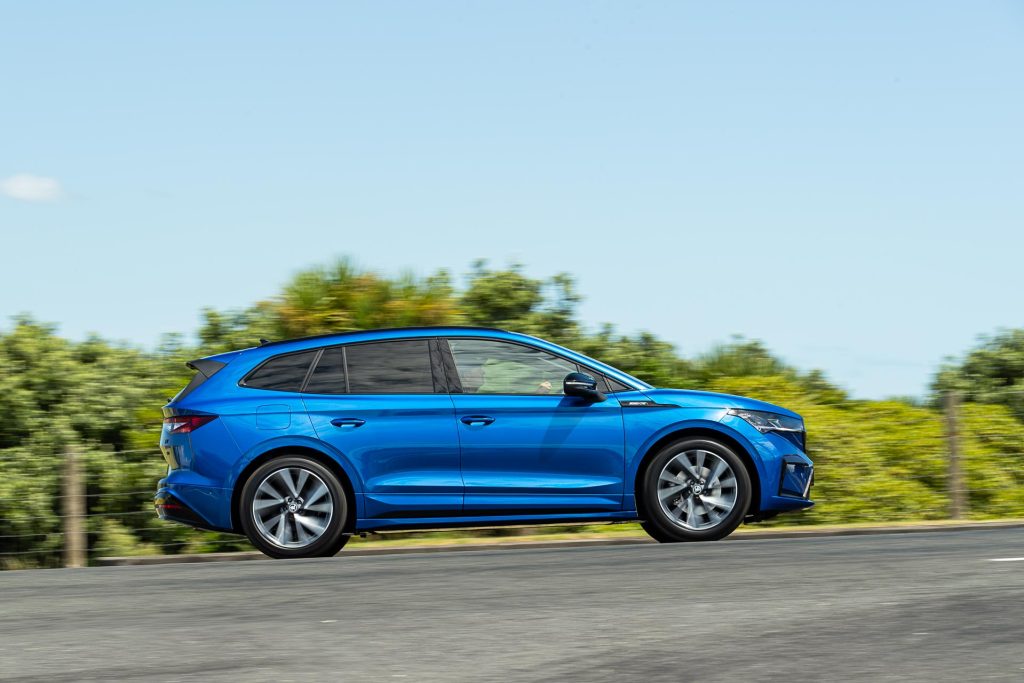
The Subaru Solterra uses Toyota’s e-TNGA platform and also closely resembles its T-badged counterpart, the Toyota bZ4x. The general public might struggle to pick the two Japanese versions apart.
As mentioned, these two are marketed as SUVs, though one has all-wheel drive capabilities, some semblance of added ground clearance and tyres with decent sidewalls.
The other is more a large station wagon masquerading as an SUV. Both have a raised driving position, ease of entry and practical interiors that allow them to pass as SUVs however.
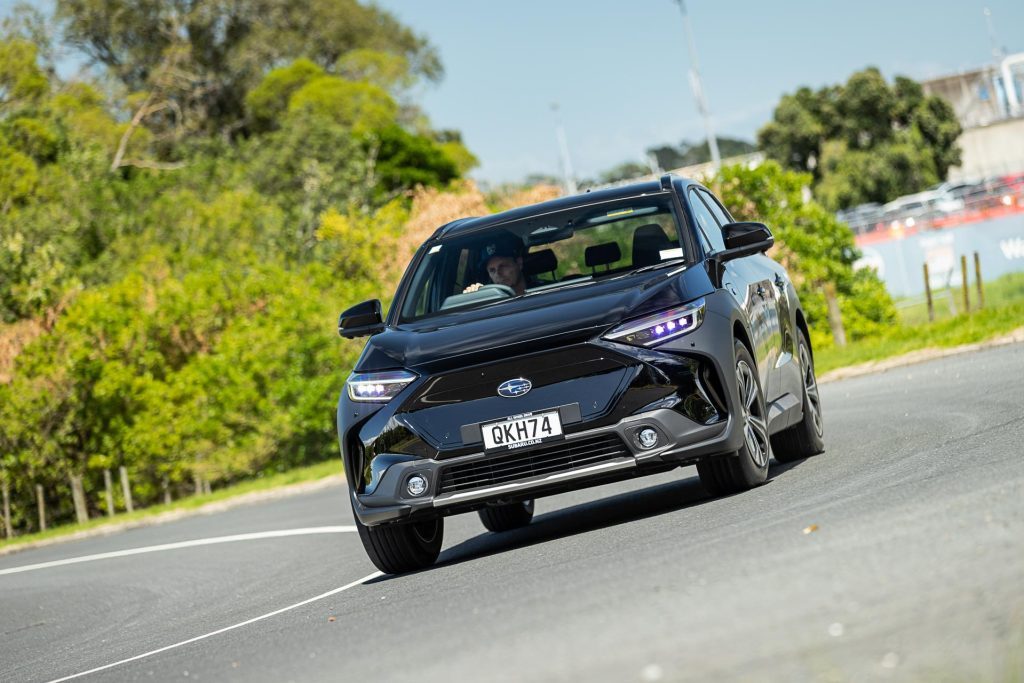
They have similar outputs, the Skoda’s rear motor with 150kW and 310Nm. It’s fed by a 77kWh (usable capacity) battery and has a quoted range of 534km (WLTP).
The Subaru has two 80kW/168.5Nm motors (160kW/337Nm total), uses a 64kWh (net) battery and has a WLTP range of up to 466km.
Previously they were both $79,990, strategically positioned at the rebate cut off, but Skoda has recently dropped that to a more compelling $67,990. There’s been no such movement from Subaru.
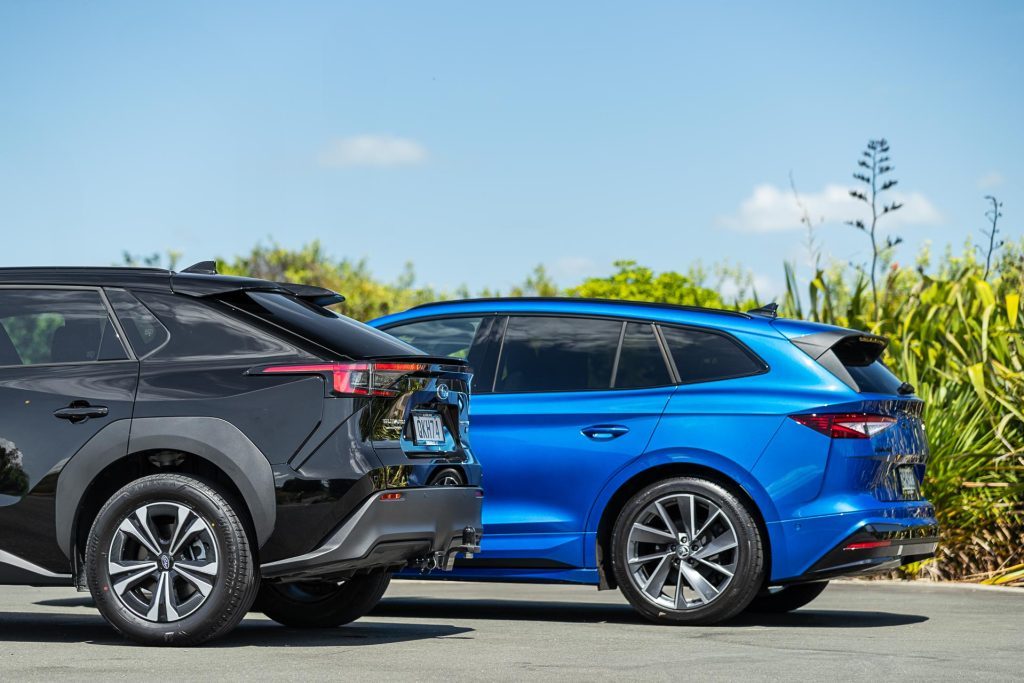
Worth noting is that those platform partners mentioned previously can be had for less money; the VW ID.4 currently a steal of a deal at $59,990, while Toyota’s bZ4x is $72,990 for the entry-level FWD model.
On the charge
Both offer enough range for 90 per cent of your motoring. They have a similar appetite for energy, the Subaru at 16.5kWh/100km is slightly better than the Enyaq at 17.8kWh/100km.
However, the Skoda with its larger battery will still see you get further between refills. On the slow charger, you’ll get around 24kWh into the Subaru over 12hrs, and 22kWh into the Skoda, enough for another 150km of travel.

So it’s easy enough to keep each one between 40-80 per cent with a charge every other day. And that’ll see most Kiwi commuter types right.
At a DC charger, the Skoda can take up to 135kW, while the Solterra can handle up to 150kW. Both come with the necessary charge cables as standard while charging times can be scheduled via the touchscreen menu.
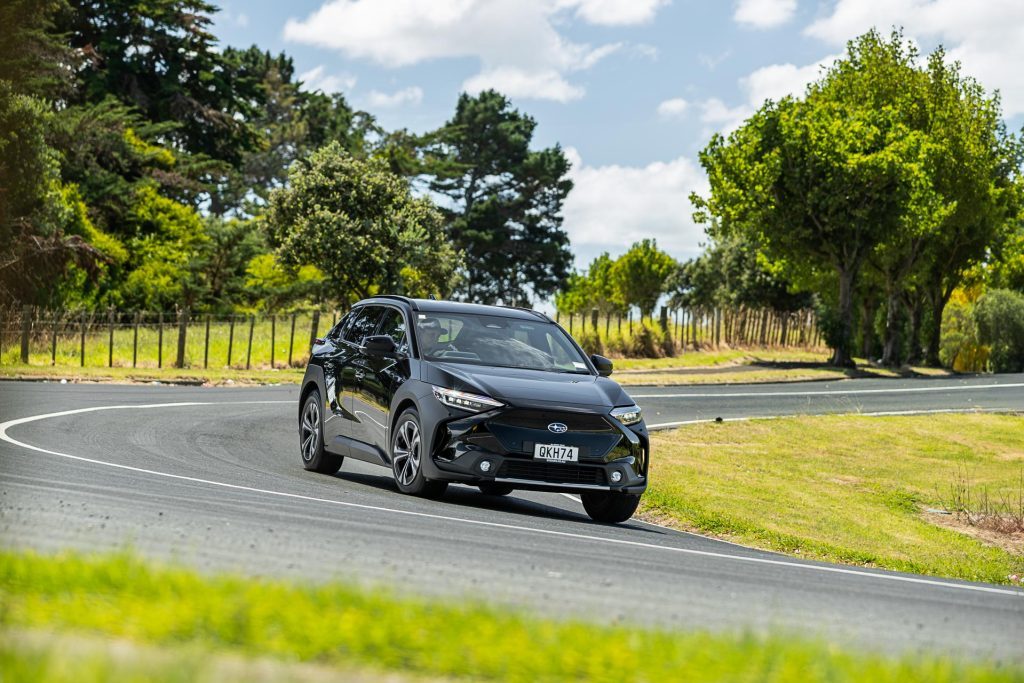
Both practical sorts
The Enyaq has the more traditional cabin layout (for an EV) and while both are about equal in terms of build quality and the mix of plastics used, the overall design is perhaps more appealing in the Skoda.
We prefer the more straightforward operations of the Solterra’s infotainment system, particularly its row of buttons for the air con. It’s generally snappier, with superior voice control (once you master how to summon it).
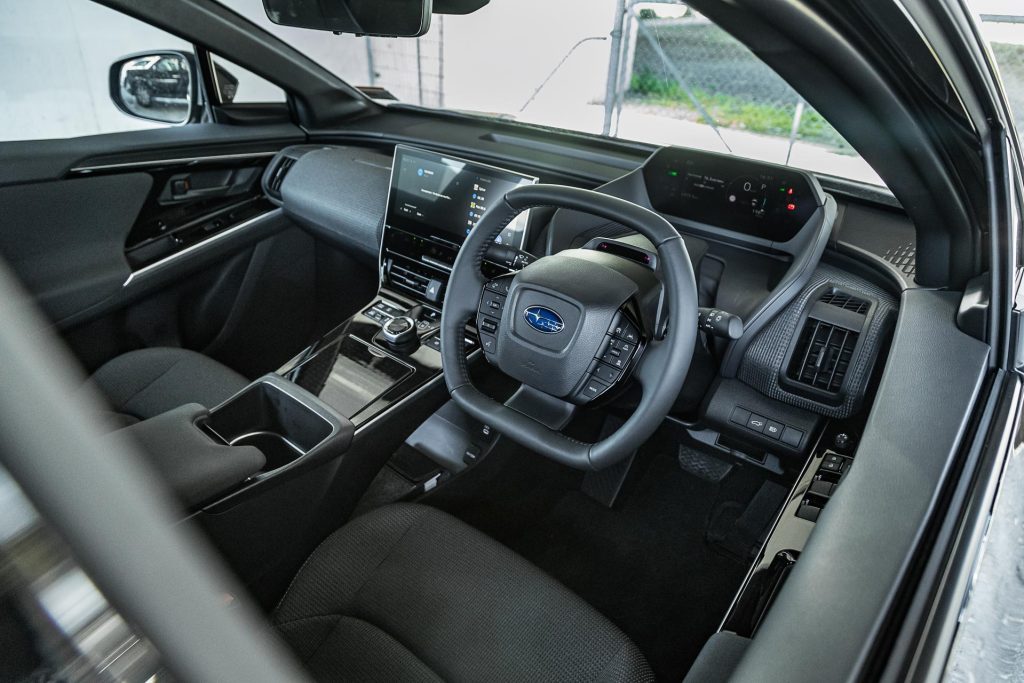
A few conventional buttons wouldn’t go astray in the Skoda to help master what is a slightly confusing set-up, and a bit more computing power would help too. It does the job, once you get to know it.
The Skoda has plenty of cabin storage, most hidey holes nicely lined too, while these are scarce in the Subaru.
The small driver display in the Enyaq shows everything you need to know, and the round steering wheel just feels better in operation than the square jobbie in the Subaru.
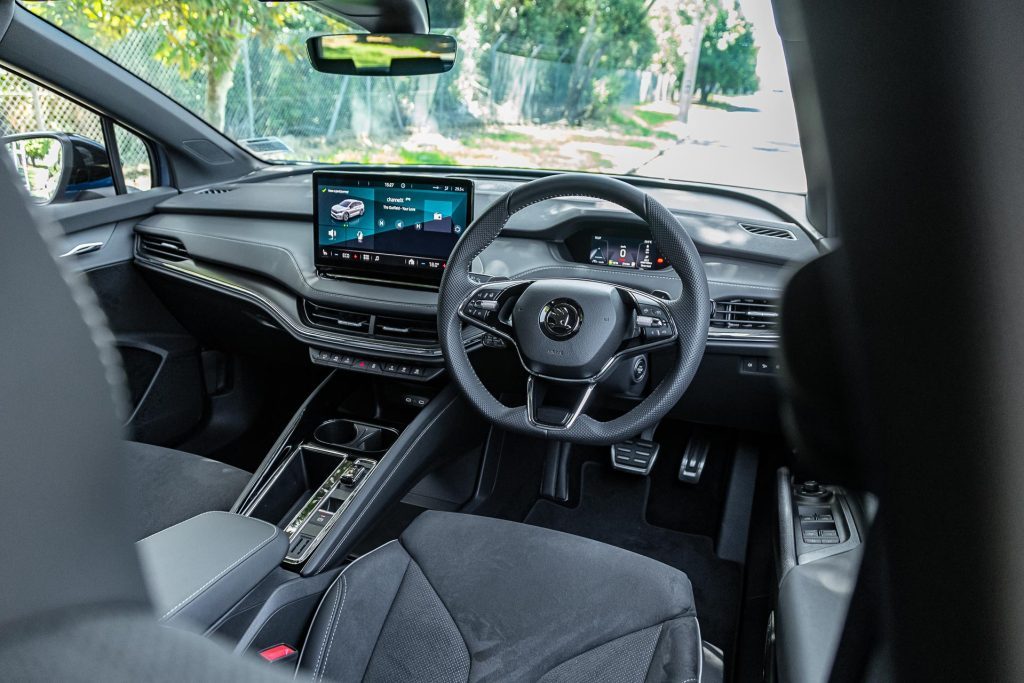
Some will like the sporty seats in the Skoda (part of the Sportline additions) lined with Alcantara.
They are a little firmer in that wrap-around style than the seats in the Subaru, and are electrically adjusted (manual in the Solterra), though both have heating elements and wheel warmers.
There’s generous headroom in the back of both wagons, the Solterra with a little more cabin width and legroom. Each has a flat floor too that affords the occasional middle seat passenger some actual space for lower limbs.
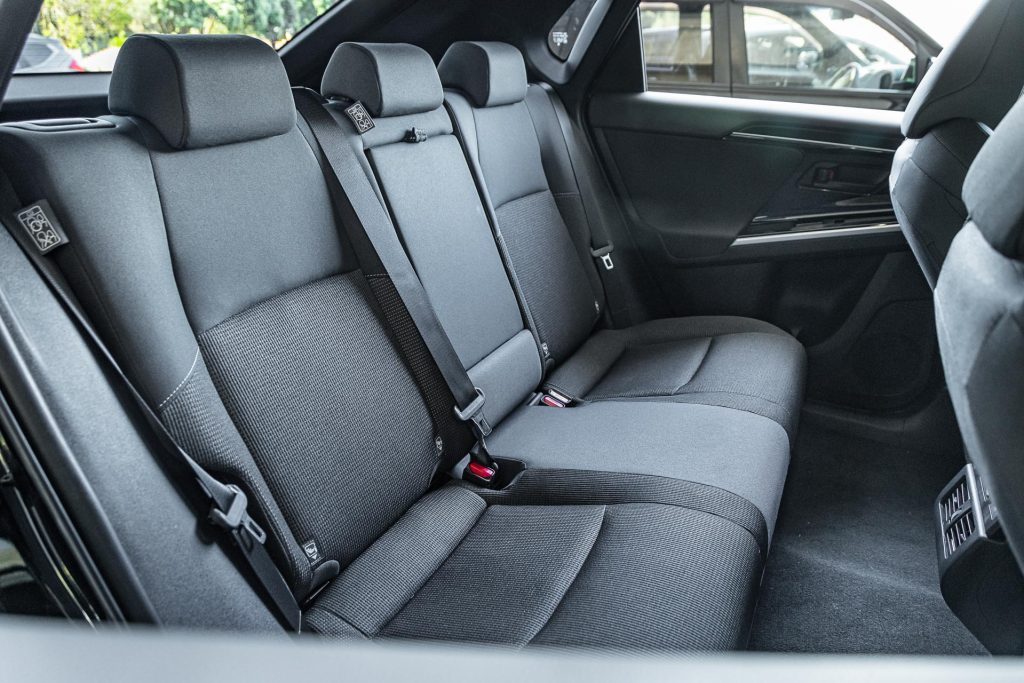
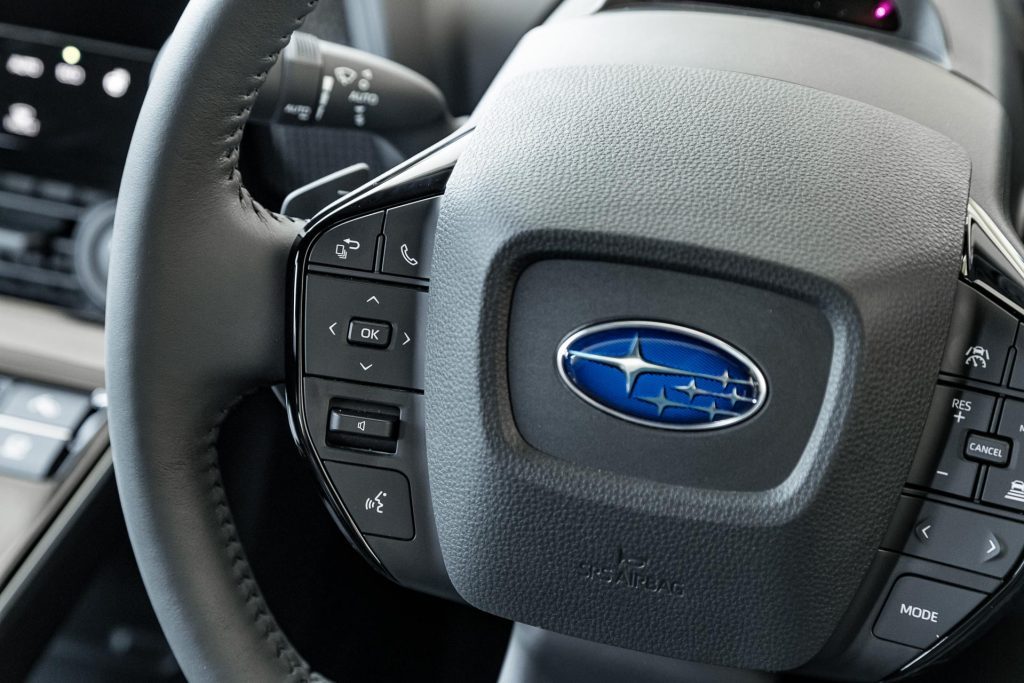
These aren’t cheap seats either with heaters and USB ports in the Solterra while there is a third zone of air con and retractable window shades for Skoda passengers.
The Enyaq’s powered tailgate wins the race to open, and is less beepy. Here you’ll find more cargo room, the hold deeper and taller.
You’re able to ram more stuff in too thanks to the overall shape of the Enyaq; it’s more of a wagon whereas the Solterra has a hatchback persona with a sloping tailgate.
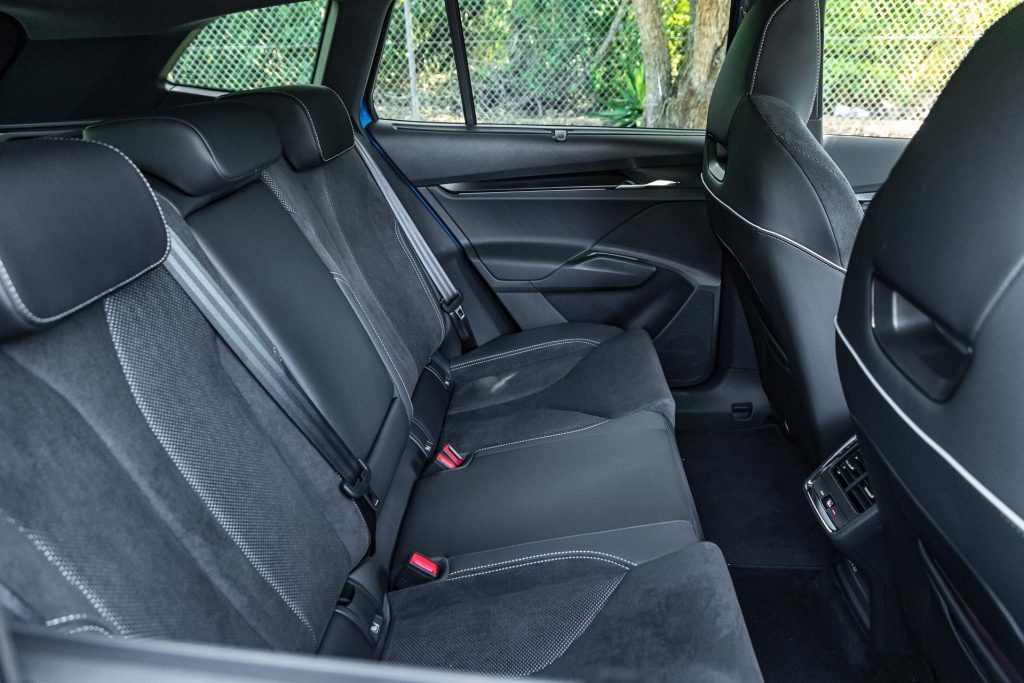
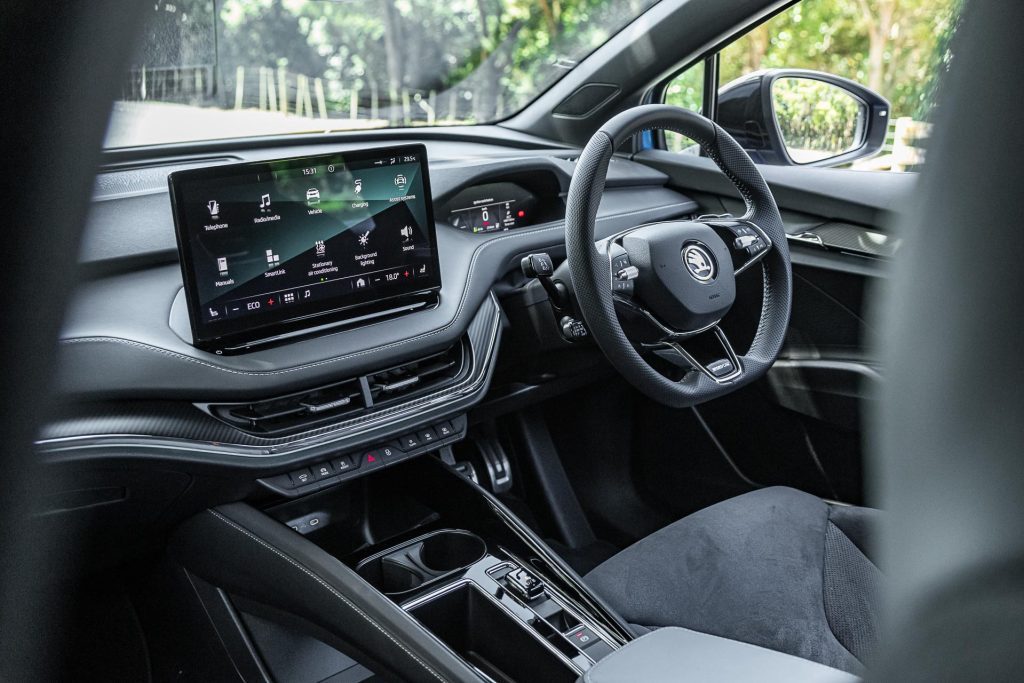
Skoda throws in more load securing contraptions, more curry hooks, tie downs and dividers.
There is extra space underneath the floor too, along with a flatter, longer load area with the seats folded flat. Fit a towbar, and the Skoda is rated to haul 1000kg to the Subaru’s 750kg (both have a 75kg down load, so good for e-bikes).
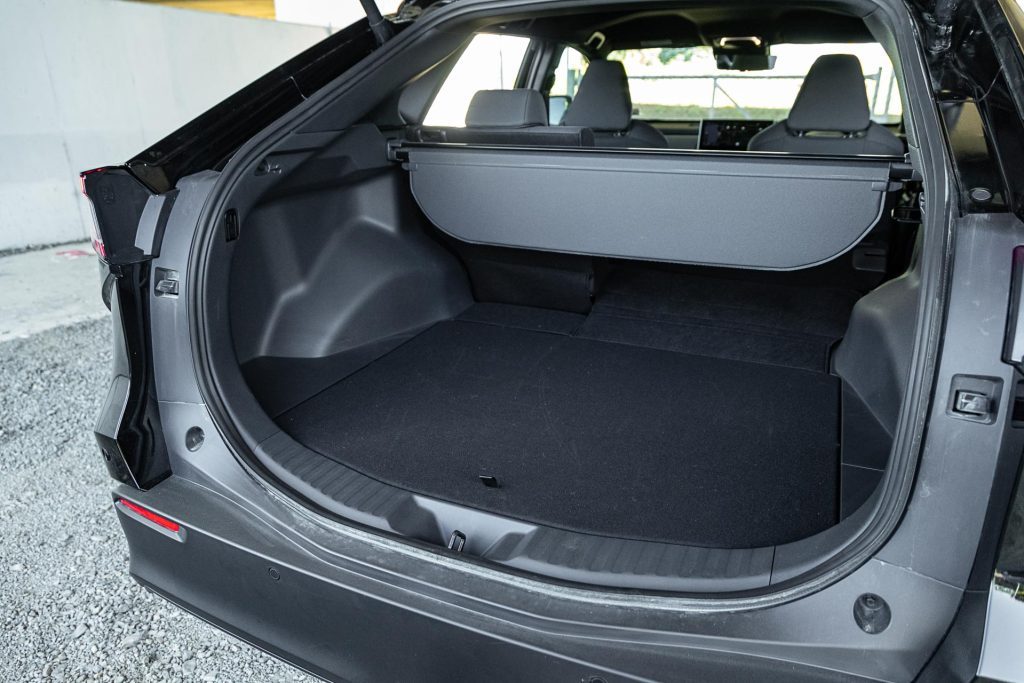
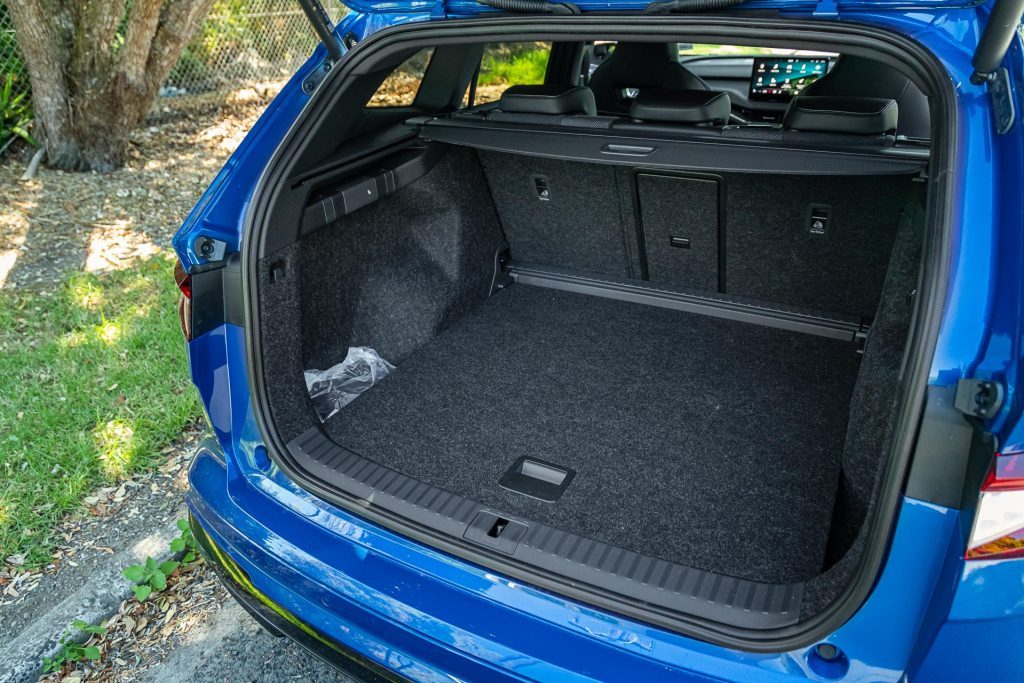
Smooth and refined
We like that the Skoda is on and ready when you hop in; just click into D and you’re away. And when you’re done, just pop the park brake on.
Said selector is easier to use than the rotary job in the Subaru.
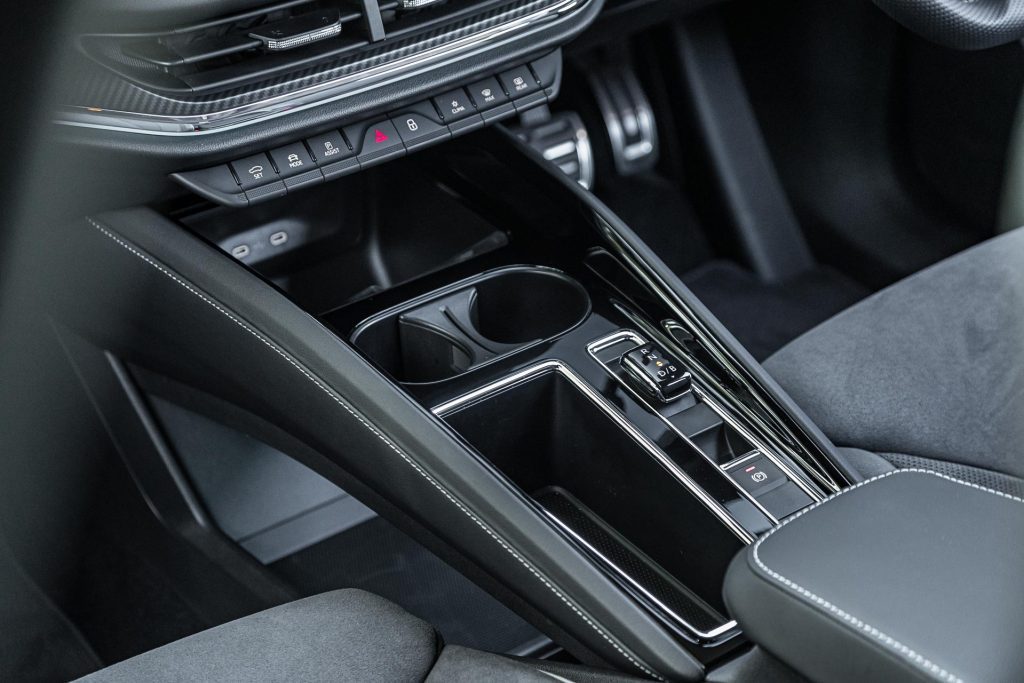
The Solterra has the cushier ride though, and dispenses with speed humps better. The Skoda’s tighter turning circle (9.6 vs 11.2m) makes the Solterra seem cumbersome in the car park.
The Subaru feels a bit peppier, perhaps on account of its 140kg weight advantage, and its sharper throttle programming. It’s also quicker to dash to 100km/h, and seems like it has more than the stated output.
It feels even more convincing in its Power mode too, quickly summoned via a real button while you never bother with the Skoda’s Sport setting buried in the touchscreen.
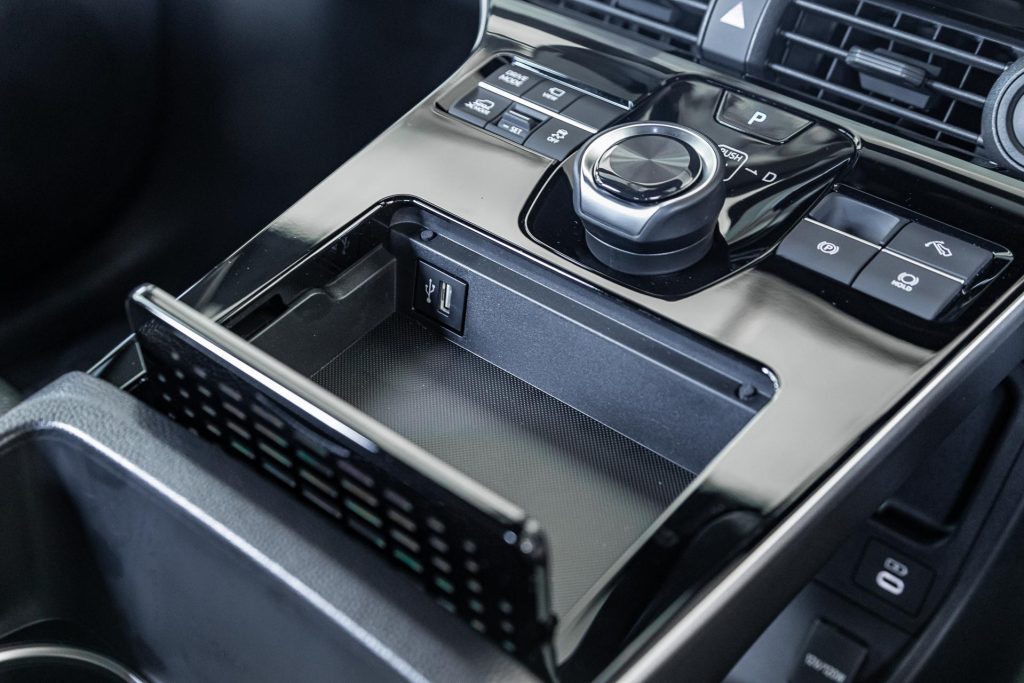
In general running, the Skoda doesn’t feel slow however, brisk and effortless in that EV way at urban and motorway speeds.
Both have paddles to change up the motor regen from all off (good to maximise your coasting miles) to a max setting. Neither has a proper one-pedal mode but the Solterra adds more resistance in its top setting, initiating smoother braking.
There are more nagging safety minders to silence in the Subaru, the driver monitor strict, and the lane keeping more persistent.
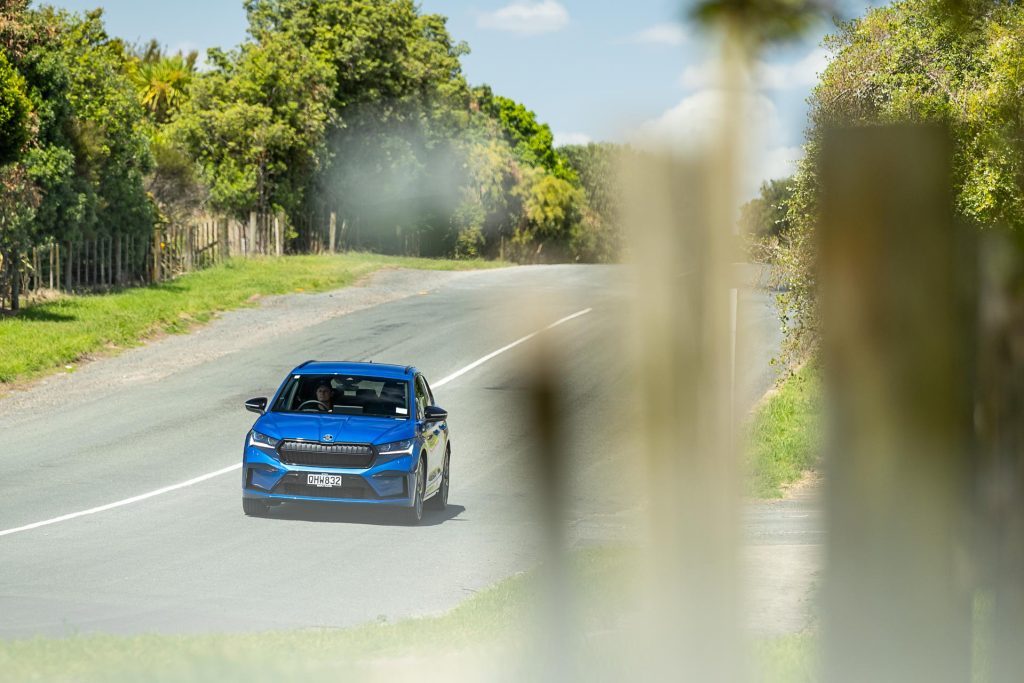
Each can round up a bend in competent fashion, differences down to wheels driven and tyres used. That sees the Solterra squeal earlier when turning the wheel with a bit too much enthusiasm, and it leans a little more too.
The Skoda feels a bit livelier at the wheel, the front turning with less encouragement while the Subaru has more drive off the turn.
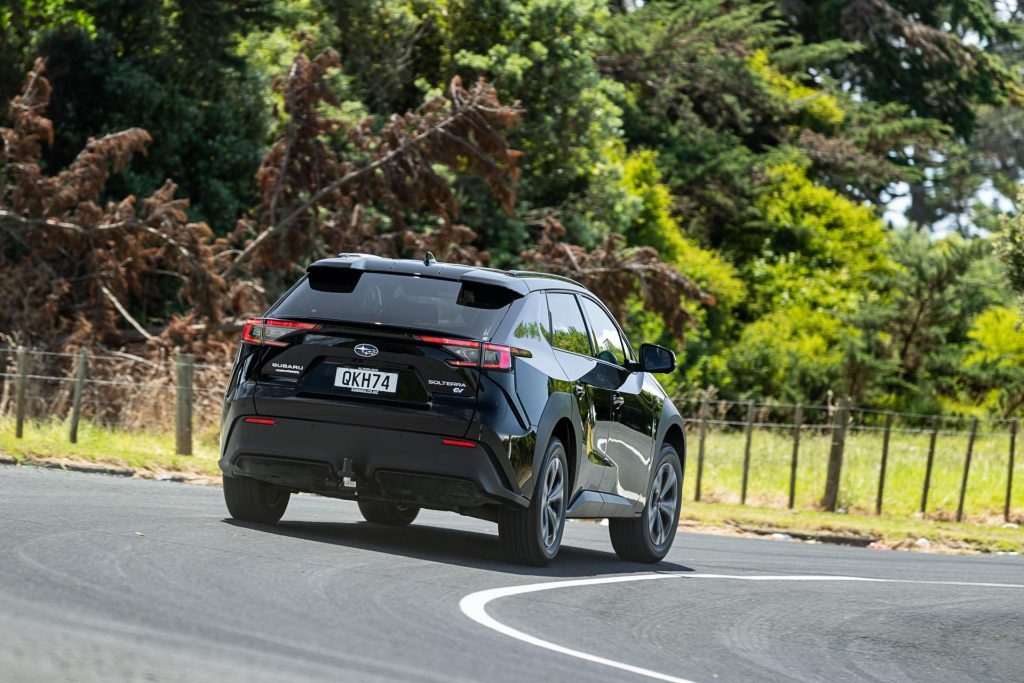
The Solterra is also able to venture a little further, the rough road ride better.
While the traction control of the rear-drive Skoda is rather impressive (manage to get one wheel in the loose and the other wheel with the grip will get you moving) having drive at both axles and more air under the battery (136mm vs 210mm) sees you going further off road in the Subaru and there’s the X-mode as well.
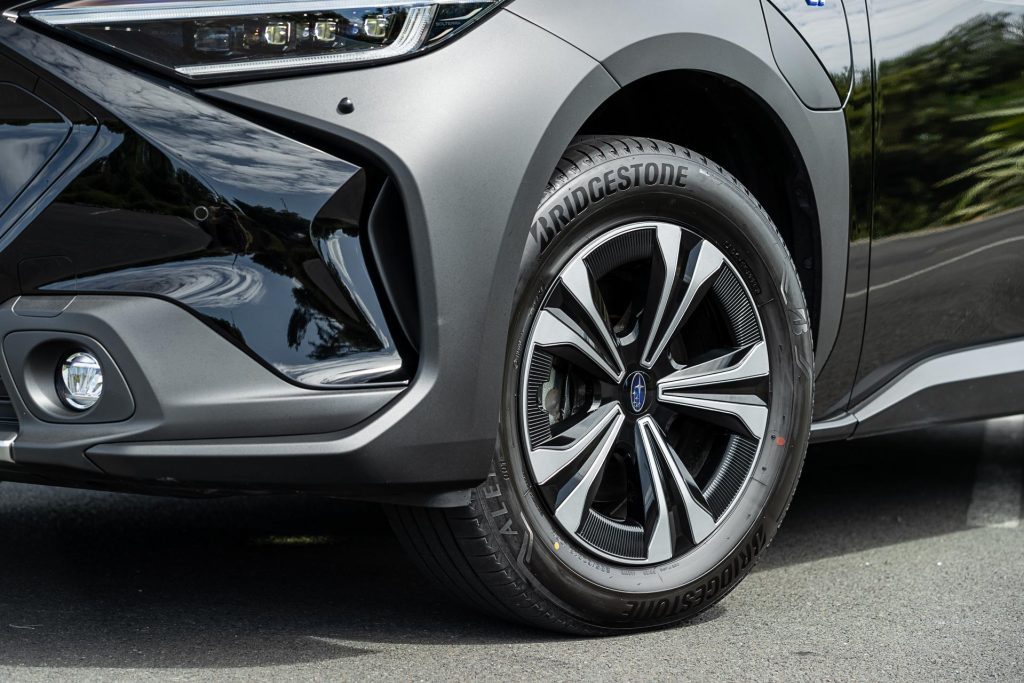
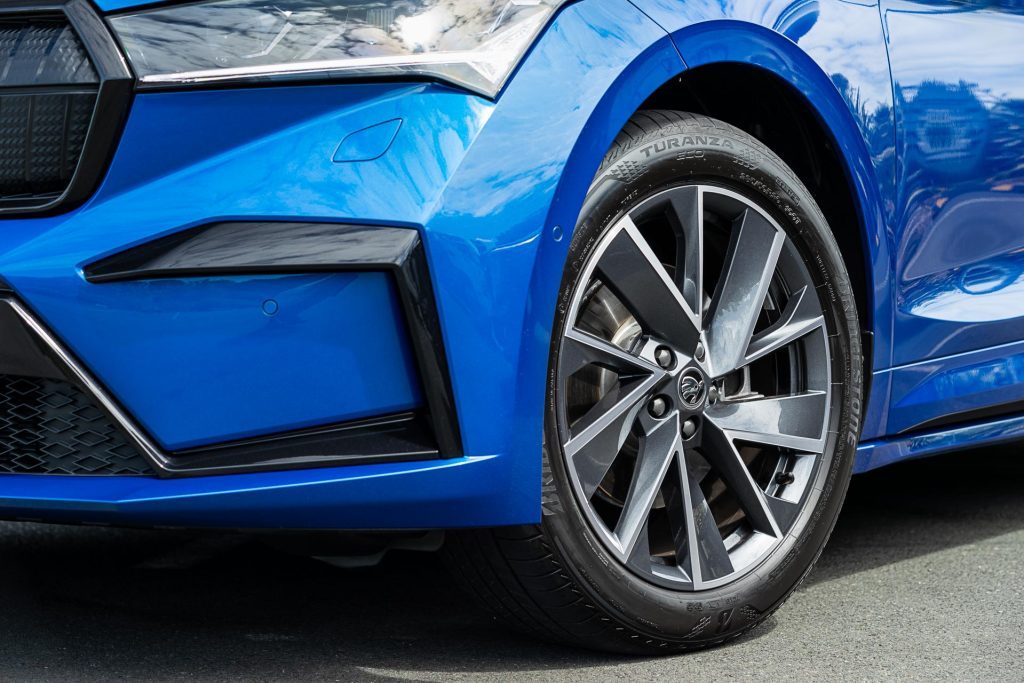
Which one then?
With the desire to move units, Skoda’s price drop makes it a better buy; it’s hard to ignore the $12k gap.
There’s plenty of space yet it’s right sized for the city and so easy to live with.
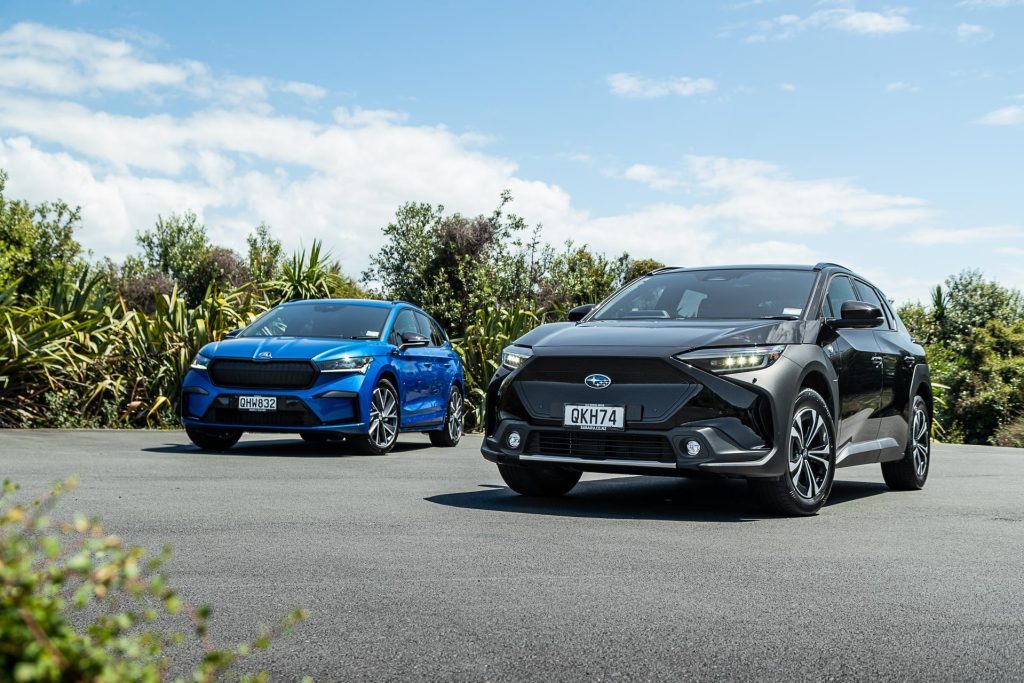
Those needing something more capable must pay more for the Solterra, its AWD and extra ground clearance making it a proper electric SUV.
Skoda Enyaq Sportline 80
| Model | Skoda Enyaq Sportline 80 |
| Price | $67,990 |
| Motor | 150kW, 310Nm |
| Battery | 77.0kWh net |
| Range | 532km |
| Drivetrain | Single-speed auto, RWD |
| Energy Use | 16.7kWh/100km |
| C02 Output | 0g/km |
| 0-100km/h | 8.11sec |
| 80-120km/h | 5.85sec (168.3m) |
| 100-0km/h | 34.81m |
| Stability systems | ABS, ESP |
| Safety | AEB, ACC, BSM, LDW, RCTA, ALK, AHB |
| Luggage capacity | 585-1710L |
| Tow rating | 750kg (1000kg braked) |
| Service intervals | 24 months, 30,000km |
| Warranty | 5yrs, 150,000km |
| ANCAP rating | Not yet rated |
| Weight | 2224kg (claimed) |
Subaru Solterra
| Model | Subaru Solterra |
| Price | $79,990 |
| Motor | 160kW, 338Nm |
| Battery | 64kWh net |
| Range | 416-466km |
| Drivetrain | Single-speed auto, e-AWD |
| Energy Use | 16kWh/100km |
| C02 Output | 0g/km |
| 0-100km/h | 6.90sec |
| 80-120km/h | 4.70sec (129m) |
| 100-0km/h | 37.10m |
| Stability systems | ABS, ESP, TV |
| Safety | AEB, ACC, BSM, LDW, RCTA, ALK, AHB |
| Luggage capacity | 420L |
| Tow rating | 750kg |
| Service intervals | 12 months, 15,000km |
| Warranty | 3yrs, 100,000km |
| ANCAP rating | Not yet rated |
| Weight | 2015kg (claimed) |
This story first appeared in the May 2024 issue of NZ Autocar magazine.


